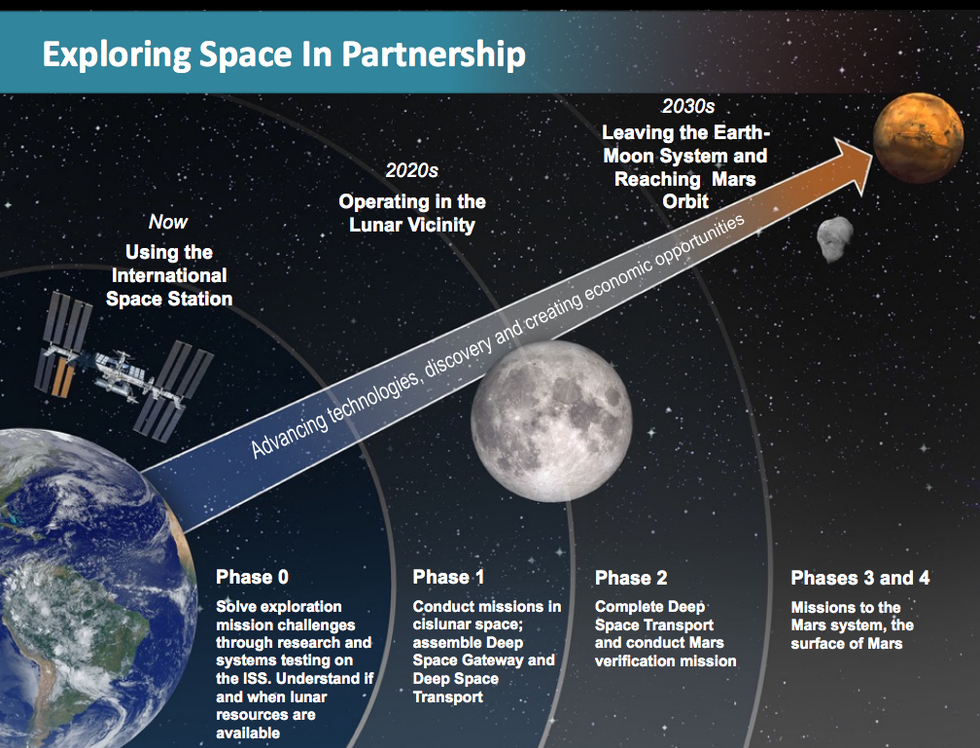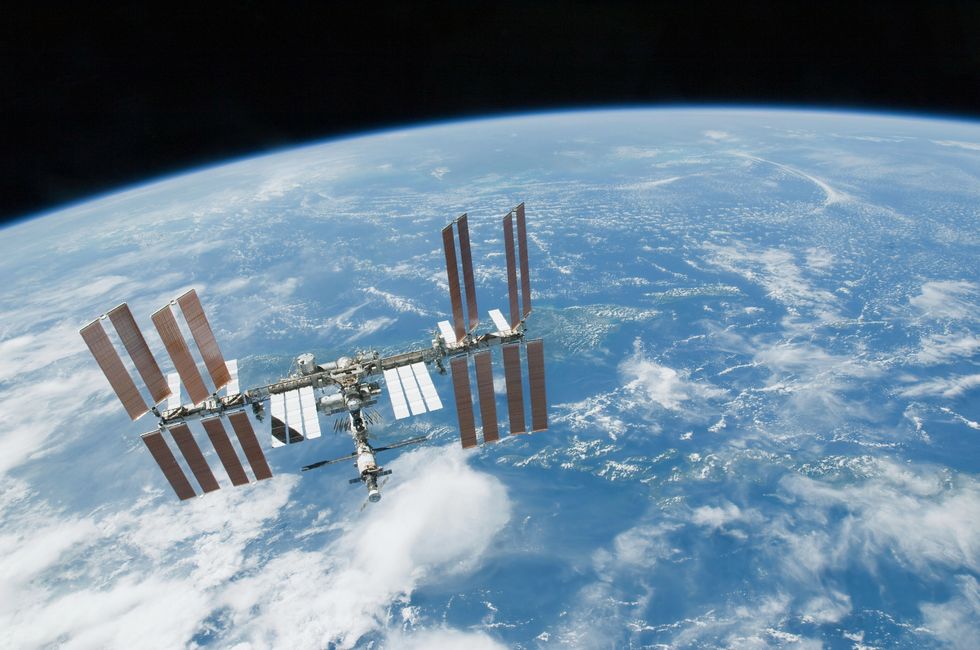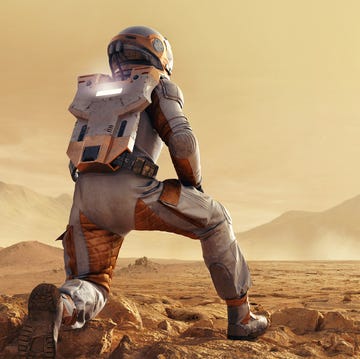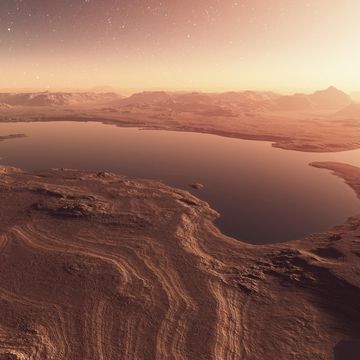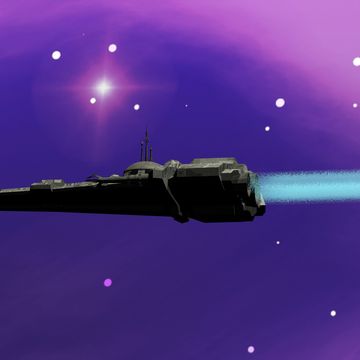Behind the scenes, NASA and its international partners are putting the finishing touches on humanity's new home in space. This future science station, which will effectively replace the International Space Station when it reaches retirement age in the 2020s, will be a fraction of the size but carry astronauts hundreds of thousands of miles farther into space. In fact, it might travel farther away from our planet than any other human-piloted spacecraft, including the Apollo missions.
But the most exciting idea behind this new station, destined to make its home orbiting near the moon (aka a cis-lunar orbit), is it will provide a new foothold for future human missions to Earth's closest celestial neighbors, like asteroids, the moon itself, and Mars. Because the station is in an egg-shaped orbit, stretching anywhere from 1,500 km to 70,000 km (930 to 44,000 miles) from the Moon, it would need only a little push to be sent flying to a yet-to-be-chosen destination.
Years in the Making
NASA engineers and their colleagues from four other space agencies have been working on the design of the station for a few years. But without a green light from their political bosses, they had to keep any blueprints a secret. Popular Mechanics spoke with NASA sources and got a small peek at what's coming.
If everything goes as planned, the first mission will launch in 2023 and position a robotic spacecraft called the Power and Propulsion Bus (PPB) in a stretched orbit around the Moon. Then, in the next two years, a pair of barrel-shaped modules—four-and-a-half meters wide and five meters long, and both weighing under 10 tons each—will be delivered to the same orbit and bolted to the PPB.
Together, they'll house four astronauts up to 90 days at a time. In addition, a Russian-built airlock module will be added to the station in mid-2020s to make it much easier for the crew to walk outside of its space home.
A Space Home Away From Home
On the outside, both modules will be plastered with radiators doubling as micrometeoroid armor, with four docking ports to connect to each other and to receive visiting spacecraft. Fortunately, cis-lunar space is practically pristine compared to all the space junk in Earth orbit, allowing designers to consider thinner walls.
On the inside, everything will be meticulously designed to save mass and maximize room. The dining table will fold after each meal and the sleeping compartments might inflate and deflate as needed. The fridge will have to multitask as a kitchen appliance and scientific sample storage. Huge efforts will be made to recycle and reuse every drop of water, oxygen, and other consumable resources onboard.
The biggest challenge for the engineers designing the cis-lunar station is dealing with trash. Because space is limited and ejecting garbage wastes precious oxygen, engineers will need to compact trash as much as possible. Eventually, accumulated trash will be loaded into the cargo ship after its unloading.
Meanwhile, the means of getting to the space station itself is still up for debate. Each crew shift on the cis-lunar outpost will be accompanied by a dedicated supply ship, but NASA hasn't decided on the mode of transportation or its provider, whether public or private.
Much More Than a Research Station
The ultimate goal for this new ambitious project will be a deep-space expedition lasting more than a year, a dress rehearsal of sorts for a future mission to Mars. To make that possible, NASA will need to add a brand-new 20-ton spacecraft with better propulsion and bigger crew quarters in the second half of the 2020s.
In addition, the cis-lunar base might serve as a parking hub for the robotic (and later human) landers returning from the surface of the Moon. Along with NASA's new Orion spacecraft, the Russian next-generation spacecraft that's now in development might drop by for a visit as well. NASA sources also hint that the station will be able to accommodate an extra module, in case a "new partner" decides to come onboard – most likely referring to China.
In any case, sometime in the second half of the 2020s the ISS will likely finish its 30-year tenure. A colossal splashdown in the remote part of the ocean will close a chapter in the history of human space flight but free up budgets for new horizons. By then, NASA and its partners hope to have a new outpost in the lunar orbit along with good ideas where to fly it next.


